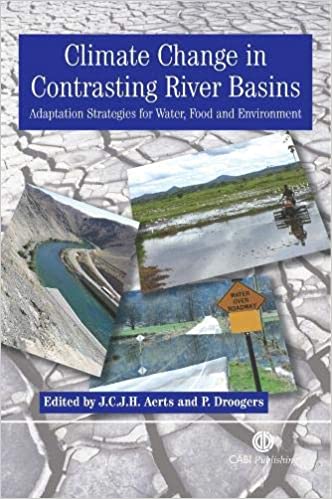
In mountain socioecological systems, the interaction between nature and people is at the core of planning local long-term sustainable development strategies. Pastoralism is the main traditional socioeconomic livelihood in dryland mountains. It is strongly associated with long-established land use practices that provide essential material and relational contributions, both of which shape human populations and nature. The aim of this work is to characterize the traditional pastoralist system of the Puna (northwest Argentina) in a framework that highlights its diverse values and valuations within nature-people coproductions. We use the conceptual framework of the Intergovernmental Science-Policy Platform on Biodiversity and Ecosystem Services as a tool to analyze and understand these socioecological systems. We also identify 3 coproduction types at different steps of the benefit flow from ecosystems to quality of life. Pastoral livelihood persists in the Argentine Puna, cocreating a landscape with natural and anthropic (water sources, grasslands, wildlife, livestock, and techniques) elements interacting through complex mechanisms involving environmental conditions and cultural and economic practices. Some drivers that threaten the system's sustainability are overexploitation and land use change. These are visible as poaching or conversion of pasturelands into mining areas. Finally, we identify a number of knowledge gaps. These include lack of information on some regulatory contributions of nature to people, biodiversity status, and trends and statistical information on Indigenous Peoples and local communities; the flow of relationships; and coproductions related to the local expression of the quality of life. We also highlight the need for spatially explicit information and comprehensive knowledge of drivers and socioecological dynamics of the landscape. ©